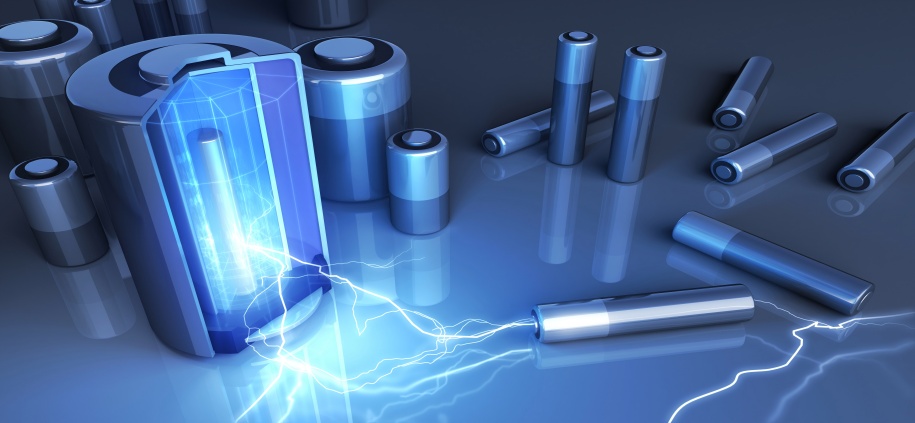Explore the revolutionary advancement of lithium iron phosphate batteries-lithium manganess iron phosphate(LMFP).Analyze the technical route of LMFP to reshape batteries.What is the future of lithium iron phosphate batteries?
In just a few months, a key data shocked the market: from January to April this year, the total installed capacity of power batteries in my country reached 184.3GWh, of which lithium iron phosphate batteries accounted for 150.0GWh! The proportion was as high as 81.4%, a surge of 88% year-on-year. Undoubtedly, with excellent safety and cost advantages, lithium iron phosphate batteries have become the absolute protagonist in the new energy vehicle market.
However, lithium iron phosphate batteries are not perfect. The low energy density and the sudden drop in performance in the cold winter have always been a headache for users, and have also become a mountain that must be climbed on the road to industrial upgrading. How to inject more energy into reliable lithium iron phosphate batteries? Industry leaders point to the same answer: lithium manganese iron phosphate (LMFP).
This touch of "manganese" added to the crystal structure of the lithium iron phosphate battery is the magic that turns stone into gold. The addition of manganese pushes the battery voltage platform from 3.4V to 4.1V, and the energy density achieves an amazing leap - at the same weight, the battery life is increased by 15%-20%. The most headache-inducing winter problem for lithium iron phosphate battery users is also solved: the capacity of traditional lithium iron phosphate batteries drops sharply to 20%-40% at -20℃, while LMFP stands proudly and retains 75% of the energy! In terms of cost, the rich reserves of manganese make LMFP naturally superior in cost performance, and the cost per watt-hour is comparable to or even slightly lower than its basis - lithium iron phosphate battery. The safety gene of lithium iron phosphate batteries is perfectly preserved, and the performance shortcomings are made up by manganese!
In the industry track, the leaders are moving fast. As early as August last year, Chery and Huawei models were first equipped with ternary and lithium manganese iron phosphate "hybrid" batteries, and LMFP officially entered the mass production stage. As a leader, CATL's M3P battery (based on LMFP technology) has been deployed in high-end models, with a range of more than 700 kilometers. The upstream material side is also in full swing: Rongke Technology plans a production capacity of 560,000 tons in 2030, and battery suppliers such as Hunan Yuneng and Defang Nano are also sprinting at full speed. International giants such as Tesla have also quietly joined hands with CATL to carry out LMFP verification, which will become the key to its opening of the cold European and American markets.
Interestingly, while the electric vehicle field is accelerating, LMFP has quietly spread in the light vehicle field. Xingheng Power Supply, a battery supplier that has been deeply involved in this field, took the lead in achieving industrialization breakthroughs in 2022. Today, Xingheng LMFP batteries have occupied more than 70% of the domestic head two-wheeled vehicle brand market, and global sales have exceeded 10 million sets! Its products have a room temperature cycle life of over 3,000 times, have successfully passed the most stringent needle puncture test, and have significantly optimized low-temperature performance, directly addressing user pain points. Its breakthrough comes from its core technology - the MFO manganese iron oxide precursor synthesis technology (with patents from multiple countries) of its subsidiary Sichuan Qingyuan, which has greatly improved the conductivity and energy density uniformity of the material. It has now been upgraded to the third-generation process and has achieved mass production of 10,000 tons.
With the golden combination of "lithium iron-level safety + ternary-level performance", LMFP accurately makes up for the shortcomings of lithium iron phosphate batteries and is strongly rewriting the technical landscape of power batteries. This technological wave of transitioning from lithium iron phosphate batteries to "manganese" evolution, with the continuous breakthroughs in material innovation and the continuous reduction of costs driven by scale, will surely be promoted in the fields of high-end electric vehicles, commercial vehicles and even battery energy storage solutions with the joint efforts of industry giants.
 +86 13332949210
+86 13332949210 info@xihobattery.com
info@xihobattery.com







 Xiho
Xiho Jun 23 2025
Jun 23 2025











